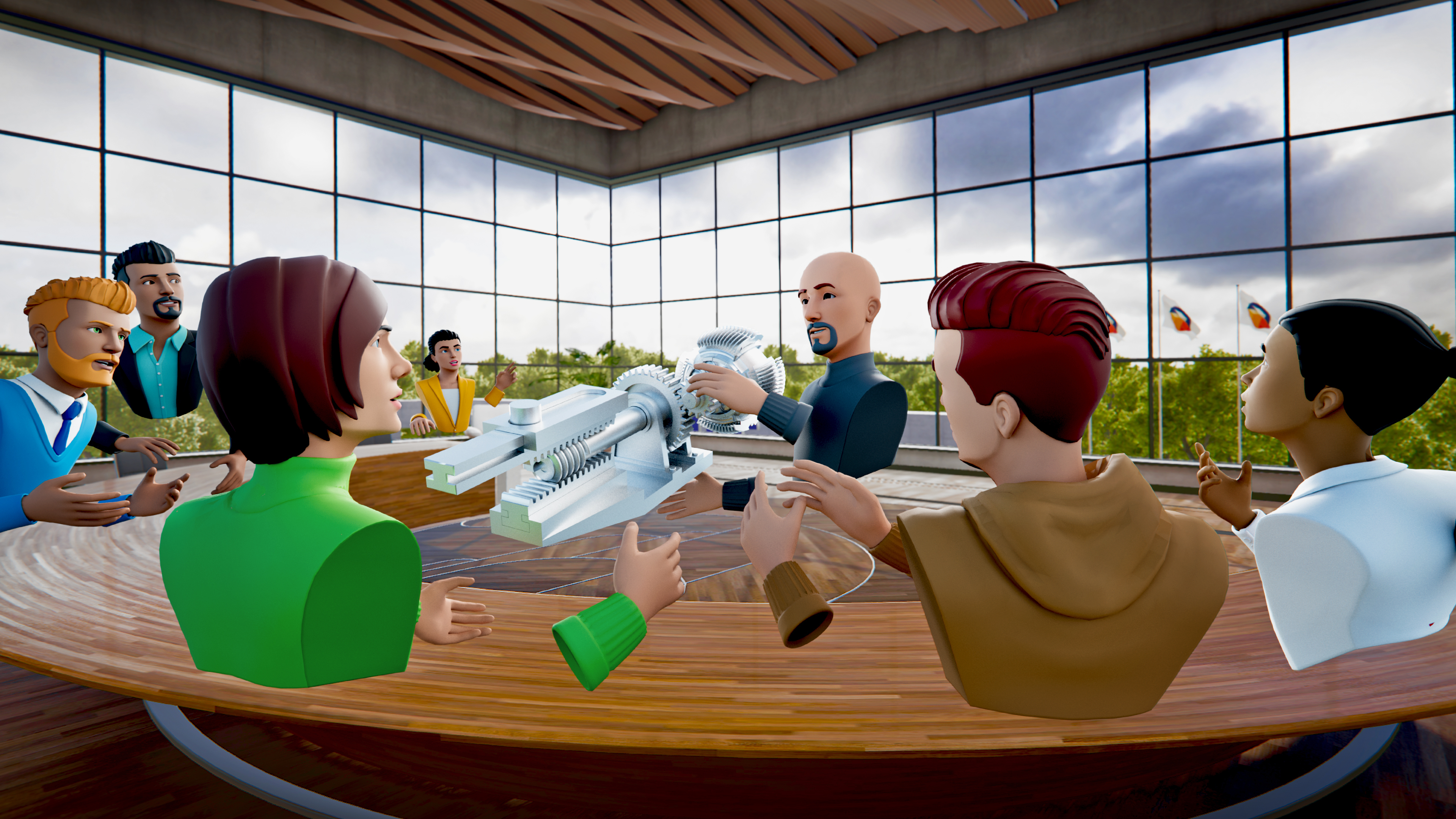Case study: A greener future with virtual reality
Adam began his career as a project engineer trying to make the operations of an oil giant a little greener. However, the ELS programme, helped him realise an entrepreneurial path could better help him affect change. Going from big business to startups via business school, Adam is now exploring how virtual reality (VR) could make work more sustainable.

Big ambitions
Adam became interested in the marketing and business of new technologies when he was studying mechanical engineering at the University of Sheffield. “I really I wanted to be in a leadership position in a large company,” he says. “The world I saw as a kid and the people I saw as successful, worked for big companies.” He was drawn to the ELS programme to develop leadership skills that could help him fulfil his ambitions.
In addition to attending the leadership workshops, Adam wanted to boost his language skills so he could enjoy a global career, and spent his ELS funding on learning Spanish on an immersive language course in Spain. “That was eye opening because I was totally out of my depth,” he says. But it was meeting other members of the cohort with entrepreneurial ambitions that really broadened his horizons.
Career in energy
After graduating, Adam worked for bp for seven years, but as an environmentalist with an interest in cleantech, he decided to change direction and attend the Haas School of Business at the University of California, Berkeley. “This was partly to round out my education, but also to loiter around the labs and see what new tech was coming out,” he says.
Instead of working for another big business, Adam set his sights on building a startup, having been inspired by others on the ELS programme. He co-founded Alphabet Energy, a company specialising in heat recovery and nanotechnology that spun out from the Lawrence Berkeley National Laboratory. “We built the biggest thermoelectric generator and had the first crack at a commercially viable product in thermoelectric power generation,” Adam says. But commercialising advanced materials is a slow business. “It would take too long to scale and deploy and have a meaningfully impact on climate change,” Adam adds, explaining his decision to move on.

The ELS is a good way of connecting with people in different disciplines
Developing ideas with VR
It was while sitting in a traffic jam that Adam wondered whether VR could be used to eradicate commuting. He bought an Oculus developer kit to investigate remote you can make someone feel like they are in the same place as another person. “The more I dug into this, the more it seemed the ultimate dematerialisation technology,” he says.
Adam now heads up business in North America for a Finnish startup. Glue is a VR collaboration platform that helps remote teams bond, create, solve problems and connect with customers, so they can work remotely effectively without contributing to carbon emissions by commuting or travelling for business.
“Remote collaboration has been a hot topic during the pandemic. If there’s a silver lining, we’ve seen it’s possible to run business without office buildings,” he says. “We now have to take the best bits of what we’ve learnt and apply them.”
Advice
Adam thinks students should apply to the ELS programme to broaden their outlook and meet people. “The ELS is a good way of connecting with people in different disciplines,” he says. “You might get a snapshot of
an area that gets into your brain and you can stay in touch with that person. Then, when you hit a problem you can’t address with your area of expertise, there are contacts and other ways of thinking about it.”
Meeting people with different experiences through the ELS programme helped. If I hadn’t have done that, I may not have had the motivation to start a company myself.
Interested in participating in the Engineering Leaders Scholarship?
Visit the programme pages to find out more about how it could benefit you and your career.
